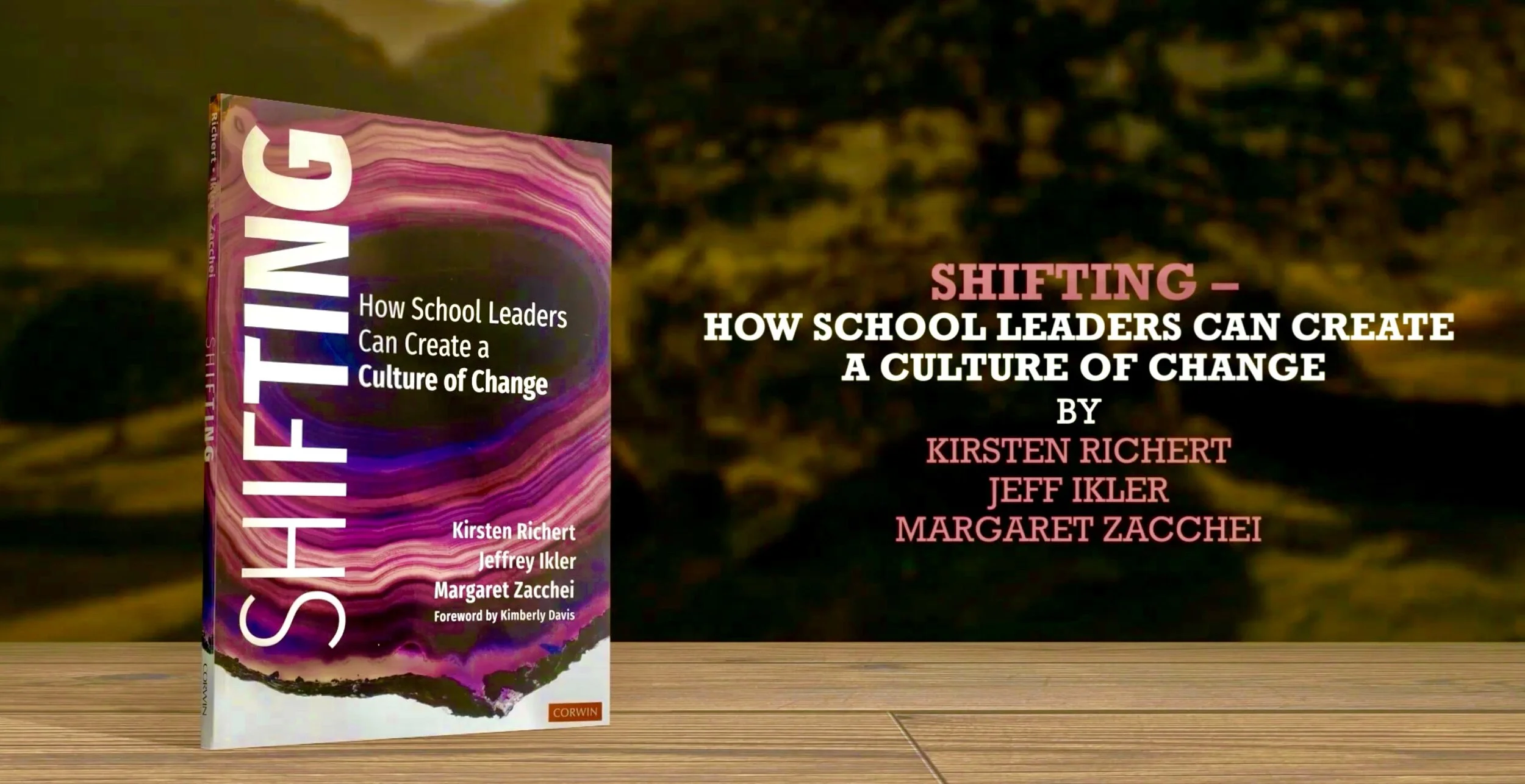Getting Unstuck #117: Impacting Teaching, Learning, and Relationships with Technology
Today on Getting Unstuck
As some schools begin to open and others wrestle with how to open, we’re very pleased to welcome a guest to the show today who is extremely qualified to talk about teaching in the distance-learning environment necessitated by COVID-19: Chris Nesi. Chris is a HS social studies teacher and a university professor of communications in New Jersey who inspires students and colleagues to understand the role of technology in education, and to leverage it appropriately in their classrooms – his professional passion.
Chris hosts the House of #EdTech Podcast which explores how technology is changing the way teachers teach and the impact that technology is having in education. He is also the co-host of the PodcastPD Podcast, producer of the Google Teacher Podcast and Partial Credit Podcast.
In 2015, he founded the Education Podcast Network as a way to connect with other education podcasters and to provide a place where people could easily access the best in education podcasts.
The Essential Ideas in Chris’s Own Words
The four verbs I stress with my students and in my instruction are communicate, collaborate, create, and critically think.
To connect with my students in a distance environment, I would encourage them to participate synchronously in some type of video format because it's the closest we can get to interacting with each other.
This fall we're going to be doing the best we can, and we're going to try. And the most you can ask any educator to do is to try. Not everything is going to work. Not everything is going to work the first time. But you've got to be willing to try and realize you can't do it the way you did it 10 years ago; you can't even do it the way you did it 10 months ago.
In a virtual setting, I will make groups first. Then I will give them the opportunity to make the groups based on how they interact with with each other and who they are comfortable with.
I have my students give presentations all the time, whether it's to the entire class or again in smaller groups. I do subscribe to “each one, teach one.” And I do incorporate a lot of productive struggle, where I will hold their hand to a point. I do put a lot on my students to make sense of the content and the material, and I will guide them, but I'm not spoon feeding them. And they do have to teach and interact with each other.
History rarely if ever records what kids are going through during a particular time. So, over the last seven weeks of the school year, I had them document and tell their story. They could choose the medium of recording and presentation: blog post, or a podcast, or a YouTube channel. I told my kids, “Let's document what you're going through right now and apply what they’re learning to the elements of culture, whether we're talking about language, or arts and culture or writing any of these aspects of culture.”
The House of #EdTech podcast explores how technology is changing the way teachers teach and the impact that technology is having in education.
Tired of chasing the next shinny thing? Then take a different approach to change.
“It seems like every year we try a ‘new’ educational initiative – something that somebody read about or experienced at a conference. We never seem to stay with it, though, because there’s always something new following on its heels. And our problems remain the same.” — A teacher
I will be recommending that our group of educational leaders with whom I work read your book. I think the organization of the book lends itself to each learner/leader applying the concepts to their own change efforts. Everyone can apply the themes and leadership practices.
Your book is very timely. "Shifting" is needed as educational leaders work through new distance learning approaches for all students. Educators must balance educating students, while keeping staff and students healthy. There is fear on the part of many teachers to remain healthy as they go back to school. Their why is to inspire and ensure that students thrive emotionally, socially and academically.
— Patrick Sweeney, Leadership Coach / Retired Superintendent



